The debate rages on. Which camera is the killer street photography tool? Is it the unobtrusive Ricoh GRIII, the unobtainable Fuji XR100VI, or for many, the unaffordable Leica Q3? My choice also wears the Leica red dot. It (almost) shares the 28mm field of view of the Q3 and Ricoh, and an APS-C sensor like the Fuji. But, it’s cooler than all of them. It’s a Leica TL2.
As my enthusiasm for street photography has grown, I have experimented with different camera-lens configurations. In principle, you could make any kit work, although it might be a stretch with ultra-wide or ultra-long lenses. So, most photographers opt for a much narrower range of lens options, favouring 28mm, 35mm, or 50mm focal lengths. And they especially like small, lightweight, and relatively unobtrusive cameras.
Applying those criteria throws up a short-list of usual suspects, which Macfilos has covered extensively in recent years. I have not used most of these cameras, and so am not well-placed to offer an opinion on their performance. However, I can compare their vital statistics with those of the camera I am presently enjoying: a Leica TL2.
Small is beautiful
I bought my used TL2 primarily to mount M-lenses, thereby extending their effective focal length. I was also taken with its sleek, minimalist, design. However, I recently picked up a used, native TL-lens, so that I could use the camera’s autofocus capabilities. This tiny silver, 18mm Elmarit f/2.8 lens was in mint condition. Mounted on the TL2, it gave me a very light, compact system, with an effective 27mm focal length.
The naked camera and lens combination weighs just 477g. Clothed in its canary-yellow protective case, it comes in at 564g. I commissioned a matching yellow rope strap with yellow leather finishing from a vendor on Etsy. On the style index, I rate this yellow fellow high, but accept it takes a ding on the unobtrusiveness index. But hey, looking cool is important, right?
Ricoh GRIII versus Leica TL2
My fellow Macfilos team members, Mike and Jörg-Peter, have each independently encouraged my to consider buying a Ricoh GRIII. As fans of the camera, they highlighted its quality, pocketability and below-the-radar profile as positive attributes for street photography. So, I thought it would be interesting to consider it alongside my, admittedly loud, TL2 kit.
They both possess 25 megapixel APS-C sensors. Neither of them possesses an electronic viewfinder. They employ very similar focal length lenses – let’s call it 28mm. They even have the same maximum aperture (f/2.8). Wow, they seem like twins!
There are, of course, a few significant differences. The Ricoh is both smaller and lighter (257g). But, it is a fixed-focal-length (FFL) camera, whereas the TL2 is an interchangeable-lens camera (ILC). It is difficult to strictly compare prices, since neither the TL2 nor the 18mm Elmarit f/2.8 lens are available new. But, I would estimate that the used TL2 kit (if you can find one!) costs twice as much as the new GRIII (if you can find one!).
As polished a performer as the Ricoh is, I don’t think I am in the market for one at the moment.
Fuji X100VI versus Leica TL2
What about the new Fujifilm X100VI? Like the Ricoh, this camera is widely praised as a great street photography option. It seems very difficult to procure one at the moment, but presumably availability will improve eventually. So, how does it compare with my TL2?
Like the Ricoh, it is an FFL camera, but unlike the Ricoh GRIII and TL2, it has a focal length of 35mm. I suppose a closer comparison to the Fuji would be the GRIIIx. It comes in at 520g and so is more like the TL2 than the Ricoh in the weight department. It also has an APS-C sensor, but higher resolution, at 40 megapixels. A crucial difference, and a huge advantage in the eyes of many photographers, is its hybrid optical/electronic view finder.
On the face of it, the Fuji looks very impressive. No wonder there is such a buzz surrounding it. If you prefer a 35mm focal length, and an EVF is a non-negotiable requirement, the Fuji is clearly the preferred option.
Personally, I prefer a 28mm (or wider) focal length for street photography. And, as a hip-shooter, the lack of EVF on the TL2 is not an issue for me. I do have the option of mounting an external EVF, but in my opinion, it spoils the camera’s aesthetics.
I look forward to the first Macfilos user review of the Fujifilm X100VI. But, it would take a lot to convince me to buy one.
Leica Q3 vs Leica TL2
The final heavyweight vying for street-photography supremacy would be the Leica Q3. Here, I do have the benefit of extensive user experience with its predecessor, the Q2. With the Q3, we definitely enter the big league: in terms of weight, overall dimensions, sensor resolution, and cost. It weighs 759g, possesses a 47 megapixel sensor, f/1.7 summilux lens, and 28mm fixed focal length.
As an FFL option, it is in the same category as the Fuji and Ricoh. But its outstanding optical performance reigns supreme, besting those other contenders for the street-photography crown. If you like a 28mm focal length, as it seems I and Ricoh GRIII owners do, and your piggy bank overfloweth, the Q3 is hard to resist.
However, it is not really pocketable and weighs much more than all the cameras I have mentioned. I reckon it costs over three times as much as my used TL2 kit.
The Leica TL2 in use
The user interface of the TL2 is unlike any other Leica camera I have come across. It shares the Leica ethos of minimal, unlabelled, programmable buttons and dials. But it also possesses a superb, touch-screen-based menu for controlling the camera’s key functions. Taking photographs with the TL2 is a bit like taking shots with an iPhone in landscape format. Except, it possesses a shutter button, superb Leica lens and allows full control over aperture, shutter speed, and ISO.
I prefer to have the camera on a 120cm neck strap, slung over my shoulder, although it can easily fit into a jacket pocket. My lens-camera combination can operate in autofocus or manual mode. When set to manual, using one of its unmarked dials, depth of field is represented visually on the rear screen. Aperture can be selected using the other unmarked dial.
Zone focusing is therefore very easy, as is one-handed shooting.
In autofocus mode, raising the camera to eye level allows framing, and I can confirm accurate focus with either spot or multi-field focusing aids.
Exposure compensation, ISO, AUTO ISO settings etc., are all easily adjustable via customisable options on the touch screen. I have programmed the single button on the top of the camera to play recorded images. The battery is small, but the camera has a USB-C port for in-camera charging, which even my Q2 does not possess!
Hipster
My TL2 therefore easily accommodates a hip-shooting approach to street photography. Its bright yellow camera case and strap turns out to be an advantage for street photography. If someone notices and peers at it, I can photograph them looking directly at me.
If you enjoy your camera, you will use it more often, take more pictures, and eventually become a better photographer. So say many photography articles. I believe this is true. I love using my TL2.
The concept of a camera machined from a solid block of aluminium, and with such a radical interface, was a bold step for Leica. Although the performance of the original T model was apparently disappointing, it was the camera that ushered in the L-Mount. In its eventual successor, the TL2, they had a great little camera.
It’s such a pity that they did not develop it further. Many would cite it as another example of Leica jumping from one ship to the other at the slightest squall. That other ship was the CL, which offered the EVF that the TL2 lacked. Again, that story does not have a happy ending.
Final thoughts
It is mind-boggling that Leica chose to discontinue production of the TL series, as they walked away from the entire APS-C arena. They abandoned a camera that is compact, fun to use, takes great photos, and is the ultimate in modernist design. I have begun to see articles and videos appearing online over the last six months, extolling the virtues of T-series cameras. Perhaps more photographers are recognizing its potential as a walk-around option.
A new contender
The very recent appearance of the Panasonic Lumix S9 adds further weight (sorry!) to the argument that the TL2 was ahead of its time. The S9 concept bears a striking similarity to the TL2: a compact, interchangeable lens camera, with no EVF. As with the TL2, the photographer composes their image using the rear screen. I am sure we will be seeing and hearing much more of this camera in the months ahead.
Nevertheless, if you are after a small, lightweight camera for street photography, delivering great photos and a high cool factor, my second-hand TL2 kit is hard to beat. I took all the photos in this article with it.
Have you ever used a TL2? Would you ever buy an obsolete camera? What is your preferred kit for street photography? Let us know in the comments below.
Here is the previous article in this series
And, the third article in the series
The second article in the series
All the way back to the start of the series
Want to contribute an article to Macfilos? It’s easy. Just click the “Write for Us” button. We’ll help with the writing and guide you through the process.

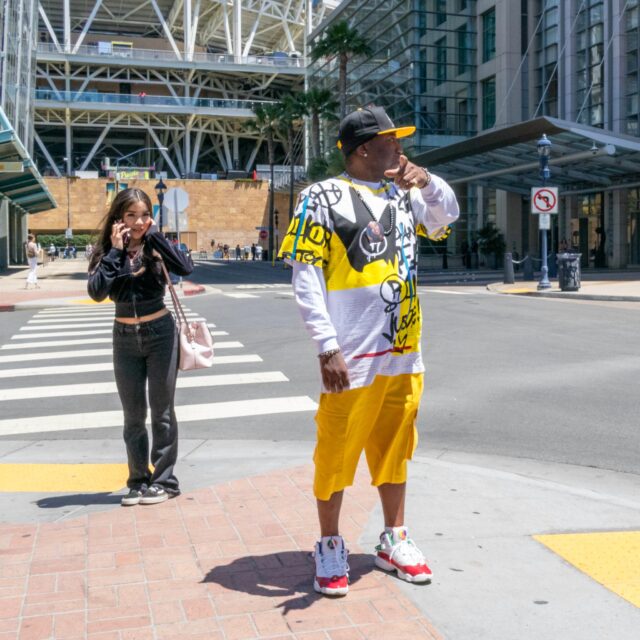
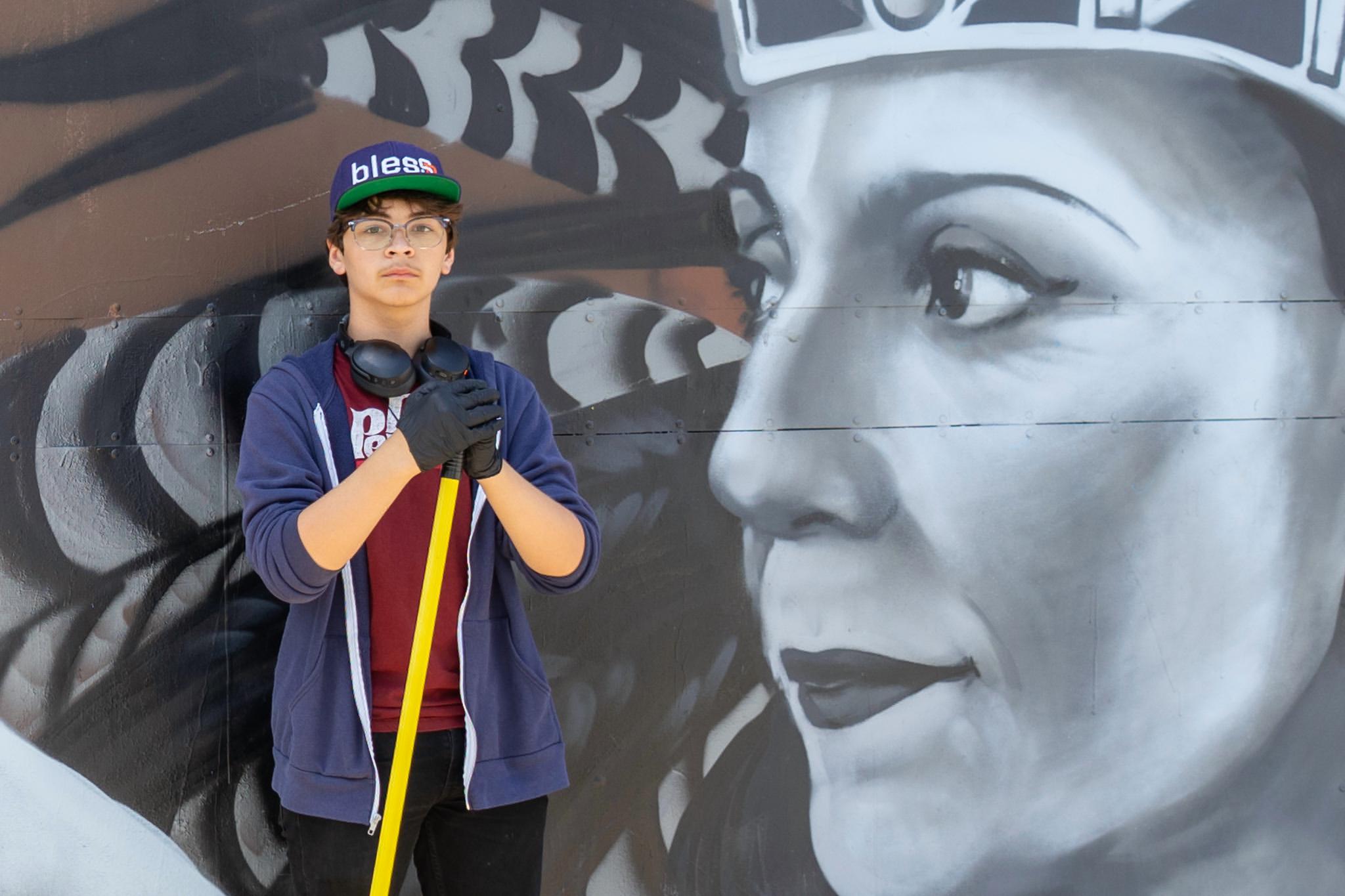
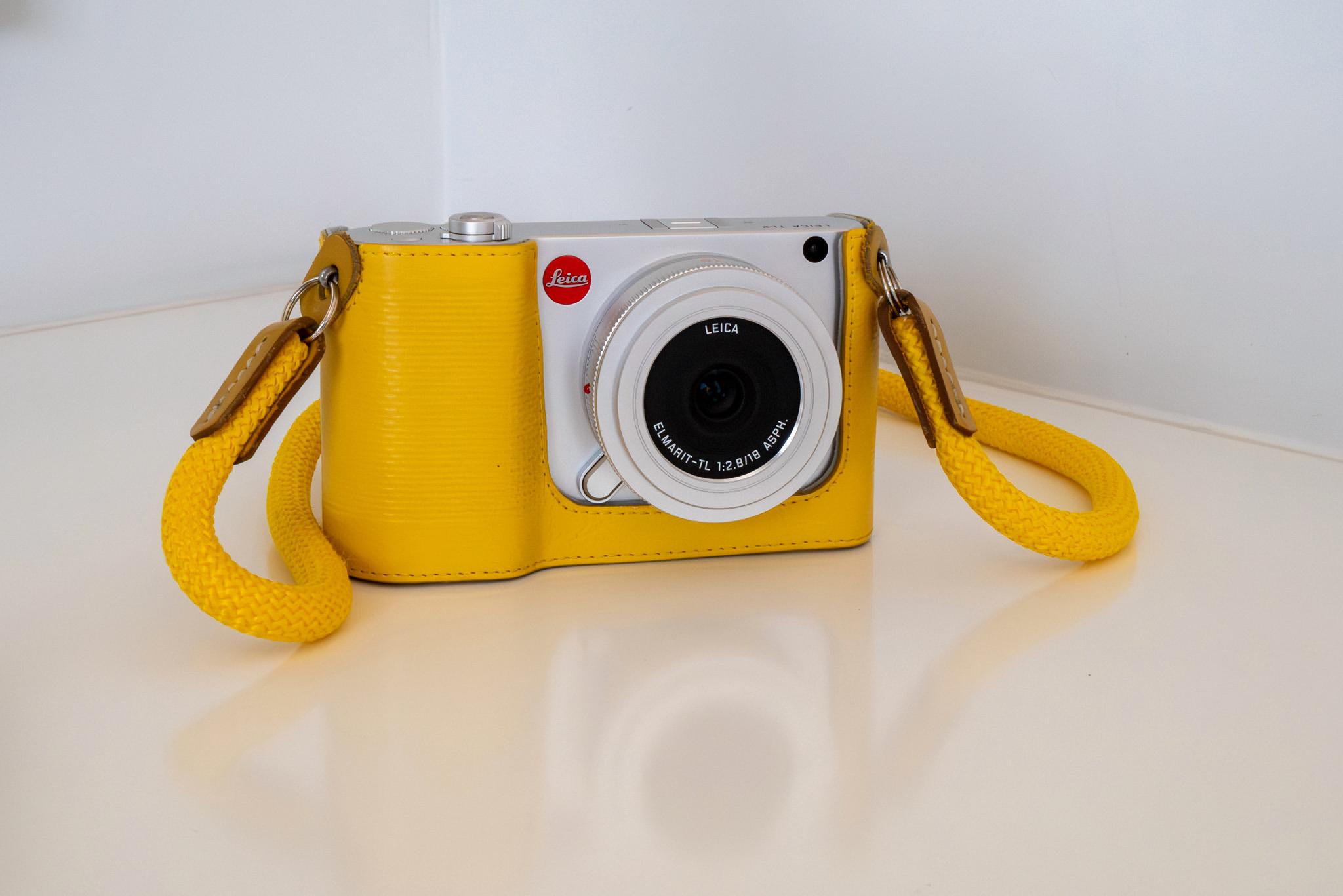

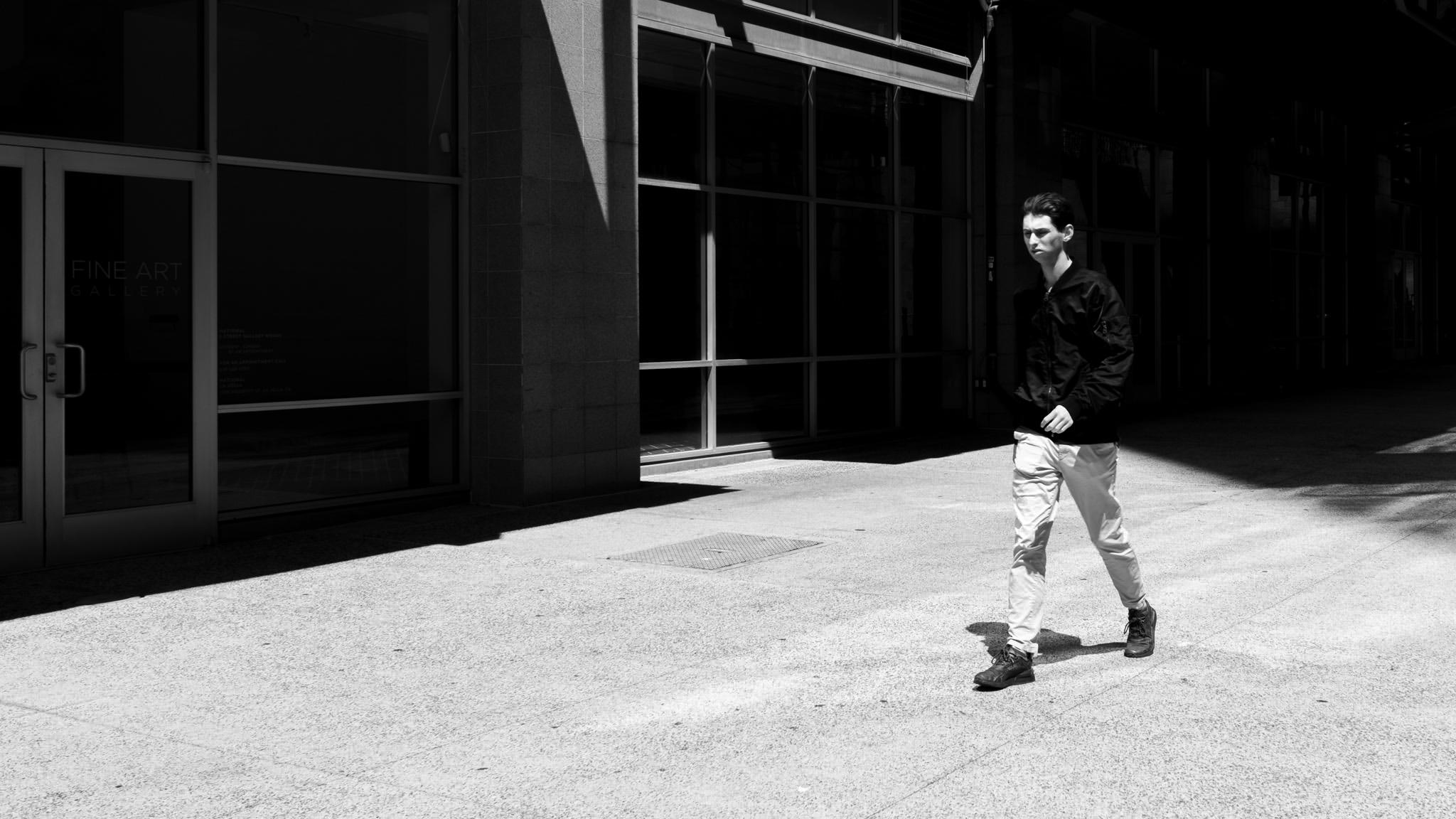
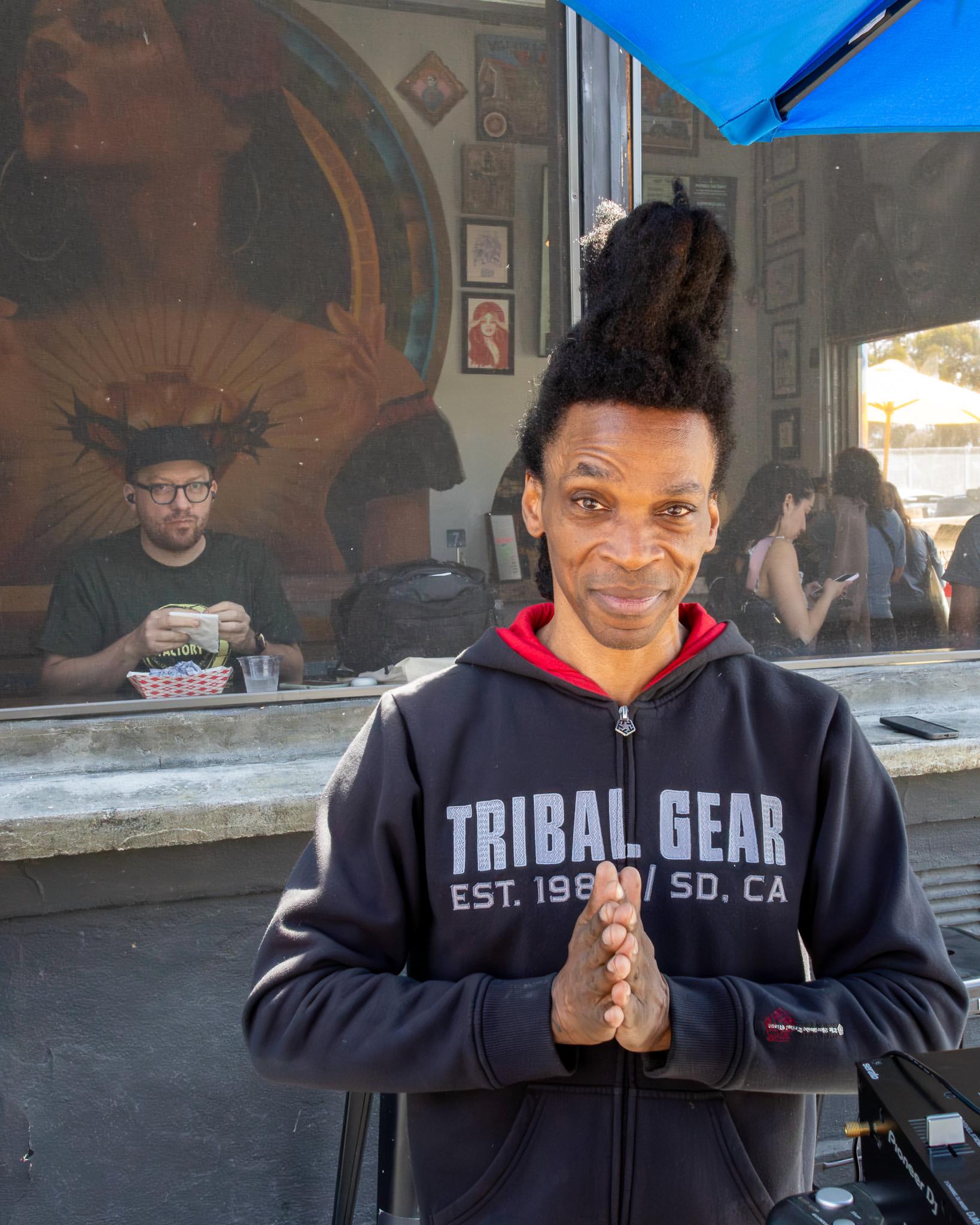
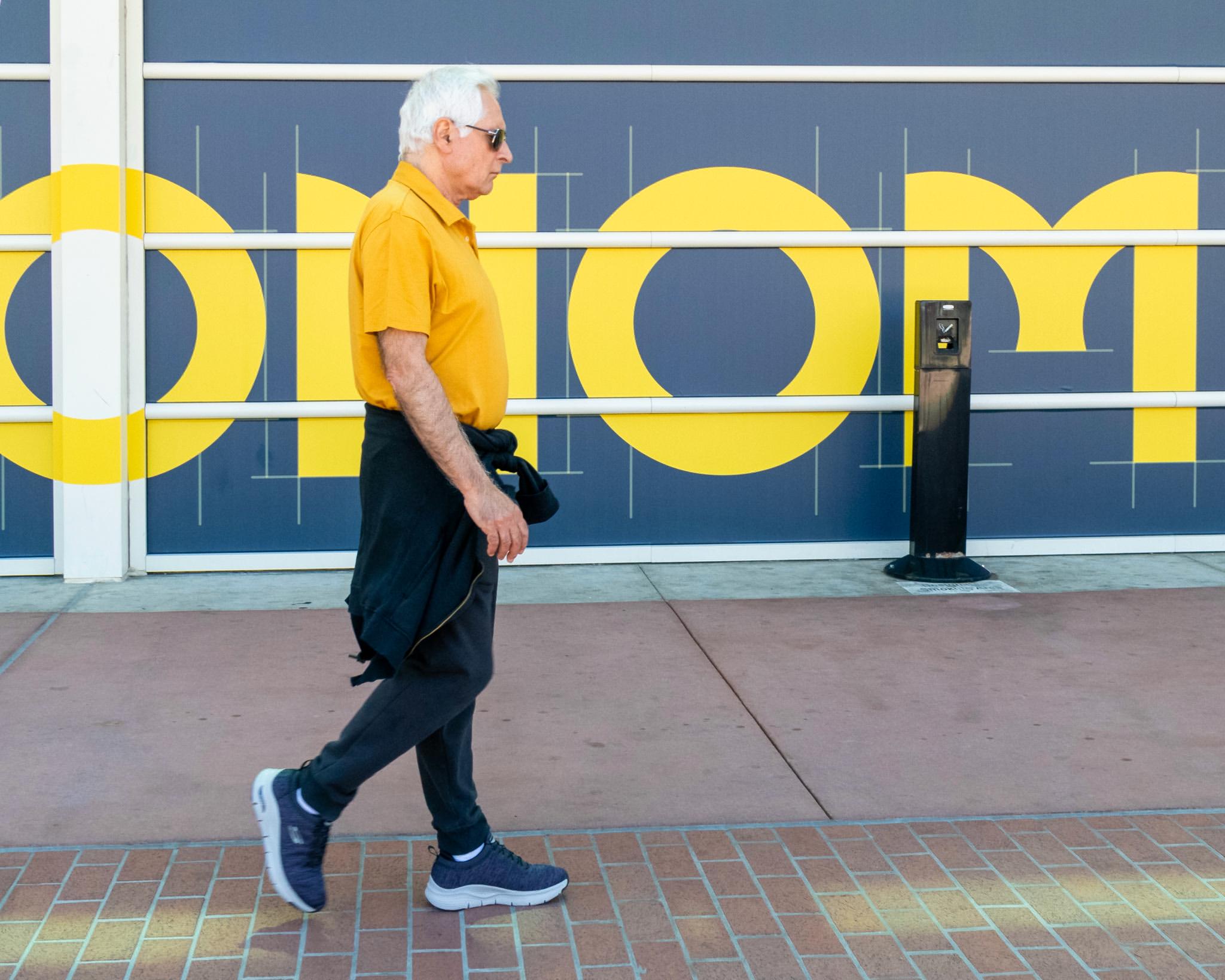
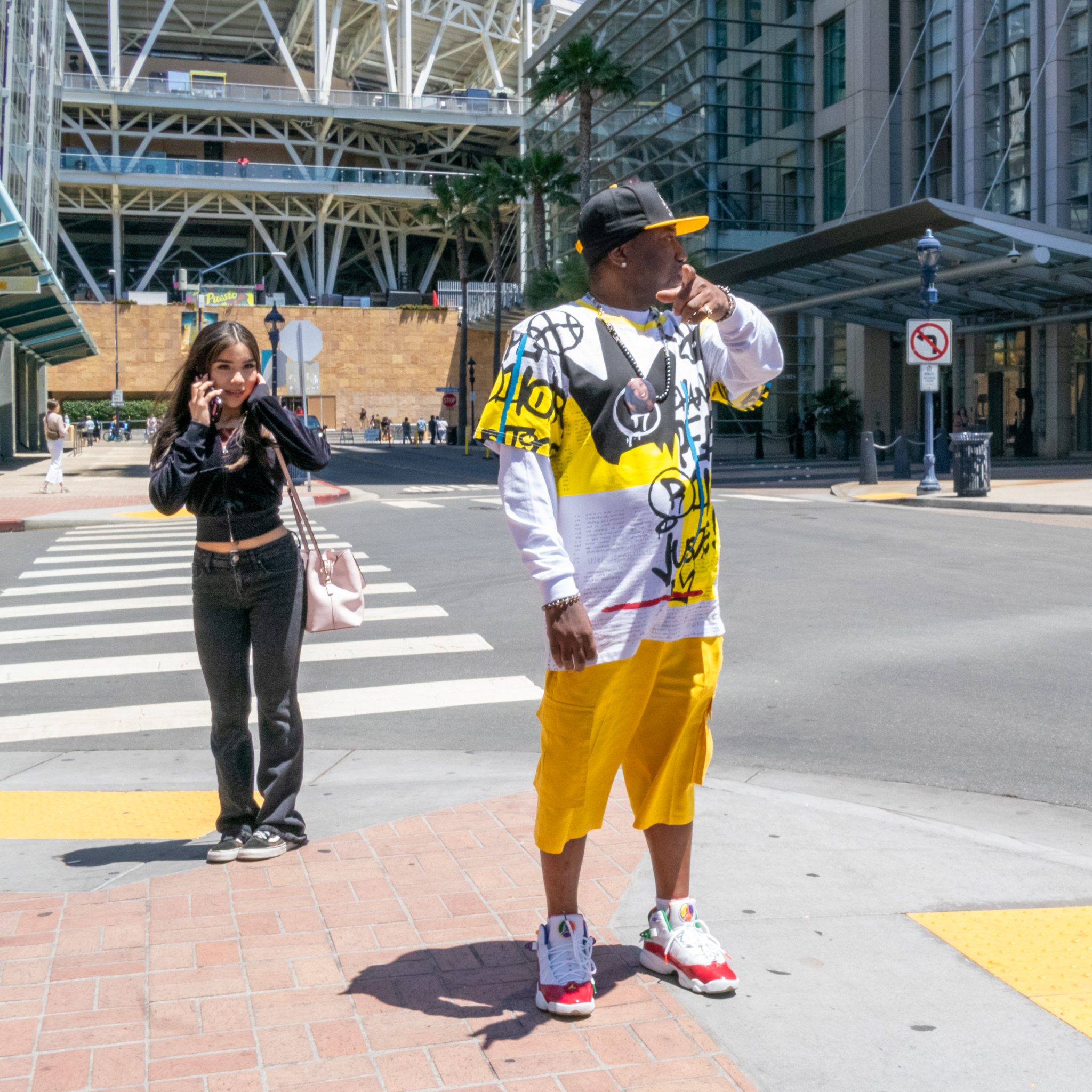
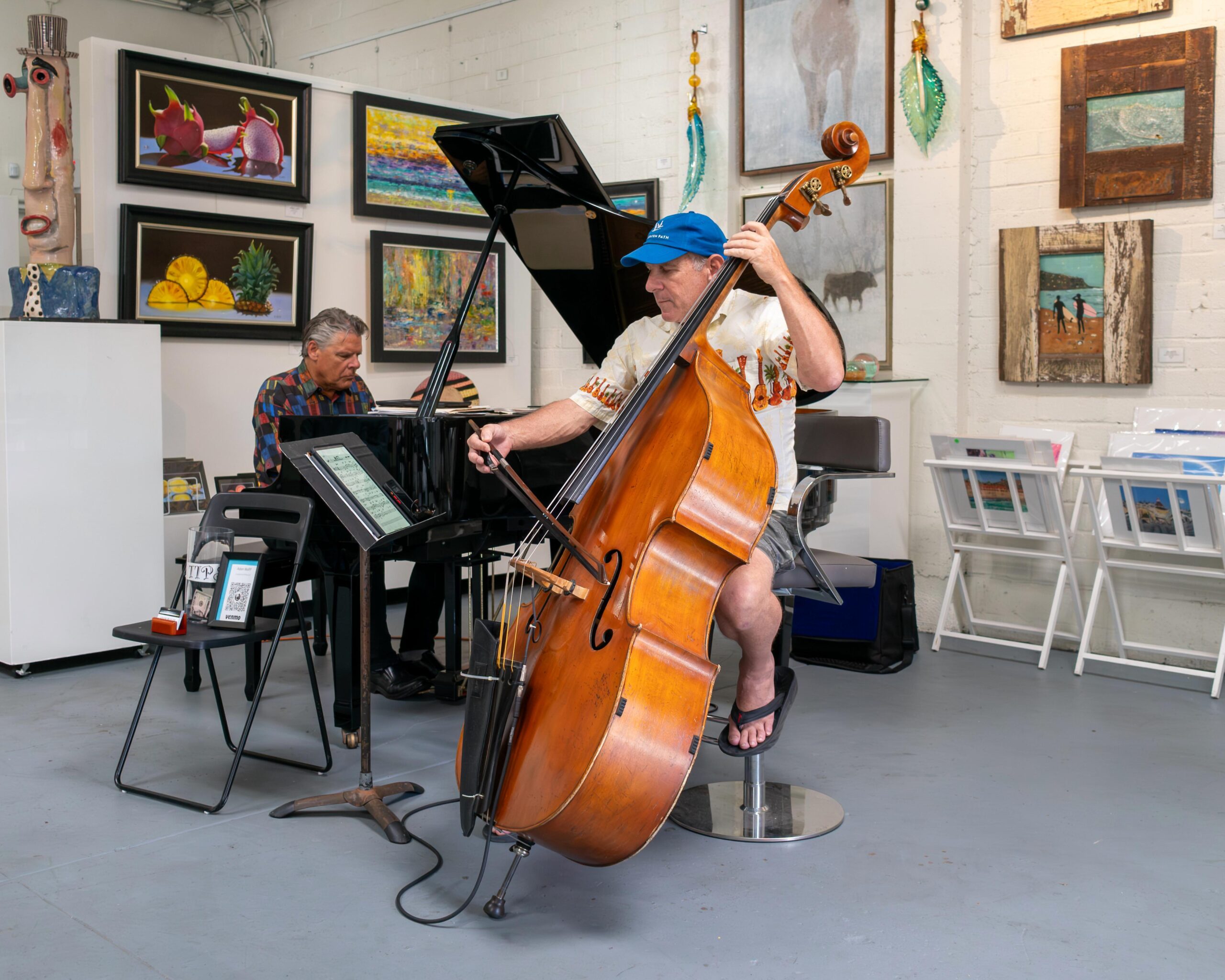

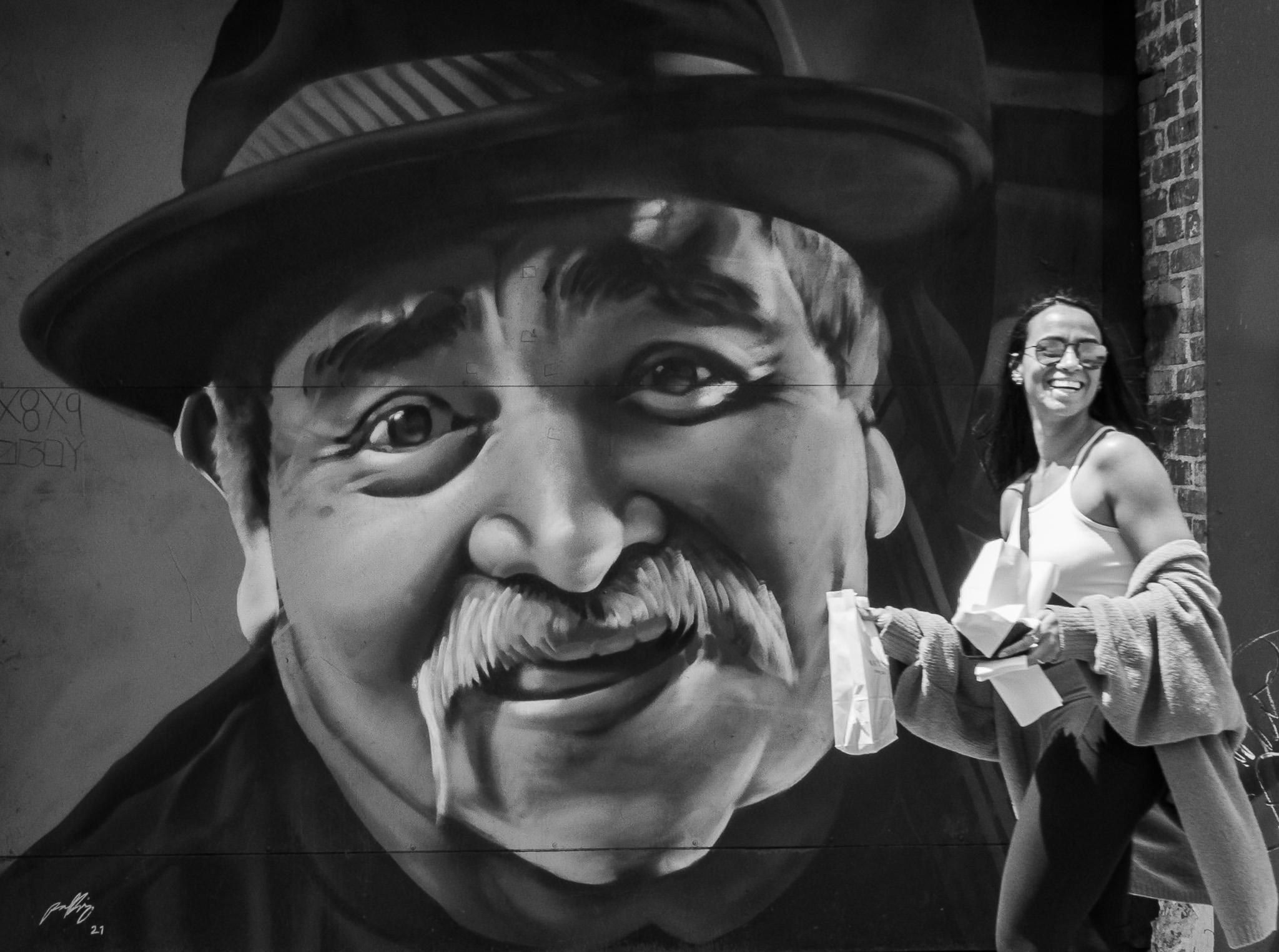
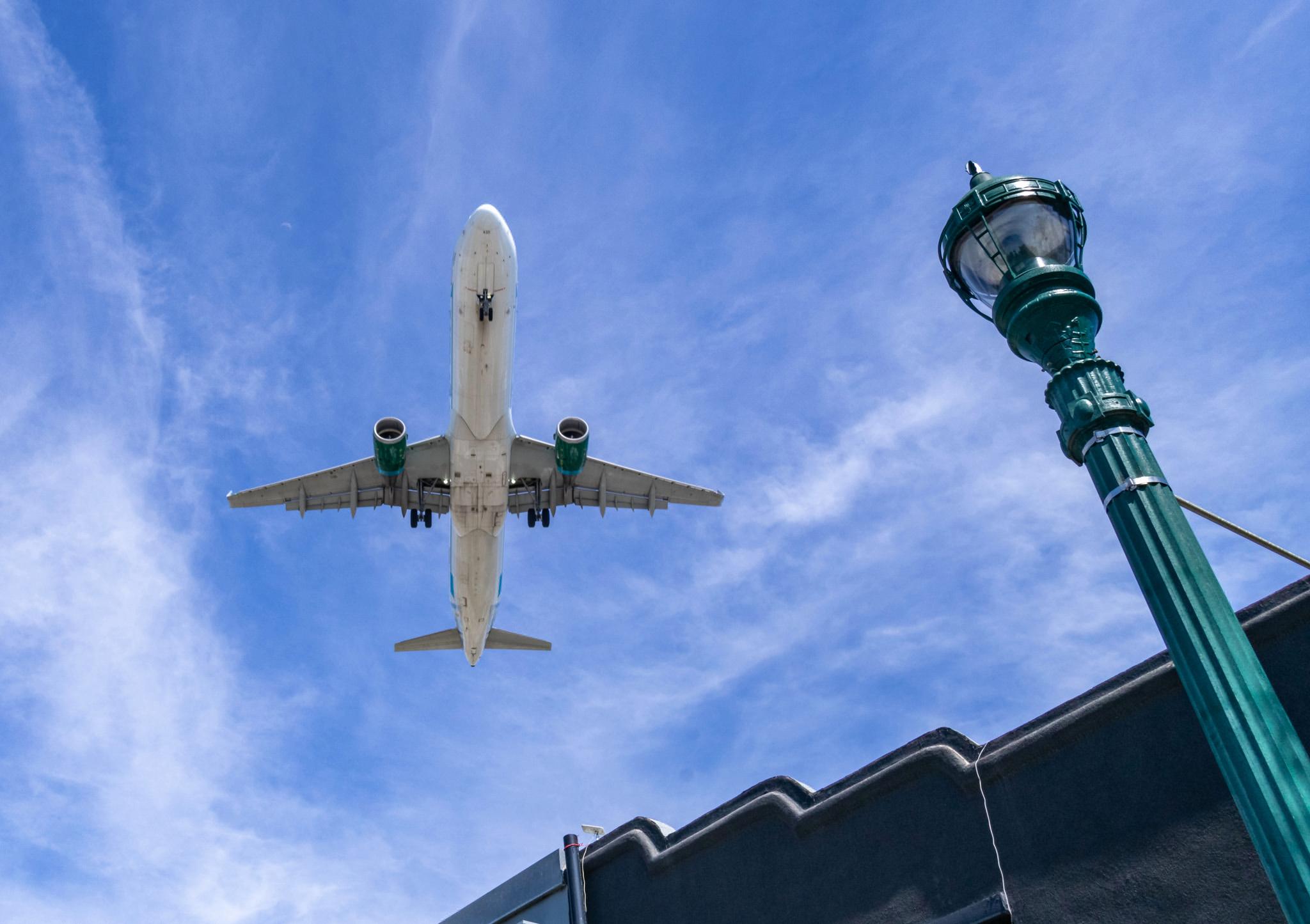





TL2 is great in design and portability.
But color saturation is not that great, to be honest.
Not sure if it’s because of the lens or not.
Have not tested with 3 rd party’s lens.
I totally agree that it was the HUGE mistake that Leica discontinued the CL and TL2 – probably the biggest mistake they have ever made. I am TL2 use with have so wanted a CL2. Now I don’t use my leica apsc anymore and everything is for sale. I have a silver TL2 with two batteries. 11-23mm. 35mm. 55-135mm and a viewfinder. So leica for me is only Q and M. I have no need to upgrade them.
Dear Keith, another wonderful article. Maybe we should focus more on what it needs in terms of skills to get good street photos and less which is the best camera 🙂. And you are proving your talent again and again. Great to read that there is a TL2 out there that sees active use in the hands of such a capable owner. I hope your love affair with this pretty unique camera will last for a long time. My favourite image is “Stripes” by the way. All the best, JP
Hi Jörg-Peter, and many thanks! You are so right in pointing out that we can overdo the agonizing over which camera is best for street photography. It is clear that all those mentioned in the article – and many more – can deliver great street shots. The key thing is to have one in your hand, powered up, when something interesting takes place on the street in front of you – like a bloke in a hooped shirt walking through a stripey shadow pattern on the floor! Cheers, Keith
Great article! Thanks. In fact, when I was reading it, I kept thinking this is everything that I’ve always thought of and have mentioned it many times on the Leica Facebook pages and even to like Leica HQ. My TL2 remains my most beautiful Camera and it renders images beautifully. I also have the Q but the TL2 was light years ahead of its time by having internal storage and USBC and the touchscreen. I’ve seen rumours that the M12 could possibly go back to this touchscreen. And like you I have been preaching that they should’ve never discontinued the TL2 concept – they just need to make it full frame + ibis – DONE.
Hi John, many thanks! Glad to hear that I am not alone in appreciating this jewel of a camera. The more I think about it, the more extraordinary it seems that Leica came up with this design. I look forward to many years of fun with it. All the best, Keith
I think you’ll find, Keith, that it wasn’t “..Leica [that] came up with this design..” but Audi’s designers – outsiders – just as it was an outside non-Leica designer (Vincent Laine) who came up with the Q, but Leica was so enamoured of it that they decided to build it (..but not with interchangeable lenses, of course!)
So if you design a new style of camera yourself ..send it along to Wetzlar ..I mean, you never know..!
Hi David, I had forgotten that the T was a collaboration with Audi Design. Thanks for reminding me of that. Exactly who deserves credit might depend on the design brief. If Leica said to Audi Design something along the lines of: ‘We want to make a camera that will attract iPhone photographers and has the cool factor of Mac laptops’ then I would credit them with the overall vision for the design. It would be great to quiz someone in the Leica design group about this episode!
An interesting article, my first Leica was a silver
TL2 with 23mm Leica lens.
A great combination, taken to Thailand when backpacking.
Great memories and pictures.
Hi Stephen, many thanks. Several people have told me that the 23mm might have been the best of the TL-series lenses with regard to optical performance. I am very content with my 18mm, but if I came across a silver 23mm in mint condition, it might be hard to resist! All the best, Keith
My Yashica TLR was pivotal in my creative efforts long after they were cutting edge.
Hi Reg, thanks for commenting. It seems that many of us have, and indeed continue to, put ‘discontinued’ camera models to use. I suppose there is a window of time within which they remain functional and/or reparable. I hope that window of time is generous for my TL2. All the best, Keith
“It is mind-boggling that Leica chose to discontinue production of the TL series”.
Couldn’t have put it better myself.
And not that anyone here needs reminding but they also did it twice with the CL. Both the film and digital versions.
Instead they offer a D-Lux 🙂
My mind is seriously boggled but my wallet is happier because my money isn’t going anywhere.
I envy those that were smart enough to purchase a TL2 or CL while they were still in production or could find used ones in good condition because there are really no substitutes. The fact that the Fuji and the Ricoh are also hard to come by now and in such demand must say something about what photographers want. Notice I didn’t say – what content-creators want. Looking at you Lumix!
Forgot to say.. a lot of us have seen a low flying airplane like this in the picture above but haven’t been quick enough to grab the shot. This one is great and look at the detail! Well captured and composed.
Hi Stephen, not only did Leica discontinue the TL2 and the CL, what even more upsets me is that they provided no solution for their existing customer base, they just abandoned them. The Q and the more than twice the weight SL are not a solution but a low(er) weight FF high MP L-mount CL2 could have been but even now 2 years later there is nothing around that even vaguely resembles that. What have they been doing in the 5 years 2017-2022 after the CL? They certainly did not invest in APS-C but it seems they were not planning for the future either. The complete lack of vision and strategic planning and product management is just staggering and extremely disappointing. Rather that continuing to invest in APS-C they thought re-issuing the M6 (and the D-Lux 7) in a new package made more sense. No R&D and easy cash. Good luck with that strategy long term! In the period 2013-2021 I bought 13 Leica bodies (6 new, 7 used). F*ck if I invest one more penny in a company that use the word longevity in every (marketing) sentence but then screws their customers like this, hell they even already ended servicing for all of their APS-C cameras. I am also pretty sure that a 40 MP APS-C CL2 (if they could have gotten their hands on the current Fuji sensor) with IBIS would have been a very very successful product, nobody is going to convince me of the opposite, that makes it even worse. I guess it is what it is but until Leica provides a solution for its APS-C customers I will take my money exclusively to Hasselblad and Ricoh. I am also very charmed by what Nikon is doing with the Zf.
Hi Stephen, thank you for your comment. Regarding the photo of the low-flying jet, I understand they are typically traveling at ~150 mph. They make a lot of noise, so I heard it coming! The shot was taken at f/11, 1/500s – fast enough to freeze its motion at that distance above me. It is indeed incredible how much detail that little lens managed to capture. I decided it was an example of street photography because I was standing on the street at the time. Cheers, Keith
I’m very sorry to hear that Leica have already ended servicing for their APS – C cameras. I didn’t know that. It’s not as if they are old cameras and if they can still service old M camera bodies they should be able to maintain the CL, TL series by keeping parts available.In that case it probably isn’t worth buying used models either which I was considering. I’m left wondering what to do when looking for a compact camera as a companion to my SL2s. The TL lenses were also great as were the M Summarits and will be sadly missed. Nikon have indeed done a good job with the ZF. I just hope Leica is secretly working on a full frame L mount compact and we just don’t know about it yet because the D-Lux falls short in a lot of ways compared to the discontinued CL and it almost certainly also won’t be supported in the future.
When Leica discontinued the CL they said they guaranteed 5 years of service from the date of purchase which in my case was November 2017. So my service window closed almost two years ago already. If they have the parts they might still service it but no guarantees. There was an excellent article on Macfilos about two years ago about Davd Slater in the UK. He repairs older digital Leica cameras (like the X cameras) and has already helped people I sent his way.
Why don’t you tell us what you really think? [:-)
The performance of the initial T was also fine IMHO. I had no complaints. The TL2 was an improvement although probably not the improvement it should have been. The CL was a much more performant camera than the TL2 but much more traditional and certainly less unique. I have always loved the menu system of the T/TL2 but it was probably one step too far for the average conservative Leica user. I still have the T and the TL2 and you made me just recharge my 4 batteries today. Not sure how readily available they still are. Enjoy your TL2!
Hi SlowDriver. Thank you for your comment. I have seen batteries for sale online, but so far, only black ones. I suppose it does not matter if they are concealed under the half-case, but I will hold out in hope of finding a silver one. The in-camera charging via its USB-C port means I don’t strictly need another battery, since my photo walks are not that long. That USB-C port and the onboard memory are yet further evidence of what a well-designed, forward-looking camera this is/was. All the best, Keith
Hi, I love my Fujifilm X100VI. I received mine as soon as they started shipping. I placed a preorder with my camera dealer before it was announced officially. I got the silver version as it arrived before the black one and I said I would take either. I should have ordered both versions and then resold the black version at an ebay auction…😂. I used to own the Q-P but I much prefer the X100 series. I also find that people think am shooting with an old film camera and do not pay any attention to me.
Anyway, we are spoiled for choice these days, including early Leica X, TL and so on. Just pick a camera that motivates you to go out and have a shutter date
“Just pick a camera that motivates you to go out and have a shutter date”
Well said!!
Hi Brian, couldn’t agree more that picking up a camera that takes your fancy that particular day is a great way to energize one’s photography. My small collection is on a random rotation according to how I feel on a given day! All the best, Keith
What’s an ‘obsolete’ camera? Anything you’re comfortable with and makes great images is still a great ‘camera’, discontinued or abandoned by its maker. Period. Six months after buying a Leica Q2, the Q3 arrived. Is my Q2 obsolete? No: it’s as good as it was on day one, minus the three month holiday it took for a strap lug replacement – nothing to do with image quality or usability. I have an original Leica T, and a handful of K&F Concept adapters that accommodate a 40-year range of some of the best lenses made over that time, some now considered vintage. The T makes every one of them ‘sing’ and often leaves the Q2 standing on the shelf. Obsolete? I’ll be obsolete before that chunk of aluminium is. Great article. Thank you. More on the T-line please.
Hi George, many thanks! Great to hear of another photographer who is also a T-series owner and fan! Although most recently I have been using it with the 18mm pancake lens, I started out with an M-to-L adapter and a few M-lenses. I am sure it won’t be long before I give them another whirl. And I agree, it would be great to hear from more contributors about their adventures with a T-series camera. All the best, Keith
Great set of pictures, Keith, and thanks for another entertaining article. I’m beginning to recover my street mojo…
Andy
Hi Andy, many thanks! Glad to hear you are going to be hitting the streets. There are a lot of intriguing subjects out there. Cheers, Keith
I am curious why so many reviewers of the Fujifilm X100 series, only mention its native 35mm (equivalent) focal length. If you prefer 28mm, why not review the X100IV with the WCL installed?
I have since gone back to Nikon, but for the several years that Fujifilm X100S and X100F were my workhorses, the two conversion lenses were an essential part of my kit. They are not only well-integrated optically, they also look like part of the camera when installed.
I of course meant X100VI.
Dear Keith, thanks for this entertaining article. It’s always good to hear from someone who does not take themselves too seriously! Several of your photos brought a smile to my face – ‘Stripes’, and the one of girl on the phone, apparently looking at the garishly dressed bloke in front of her.
It seems some people view the comments page primarily as forum to express their opinions. It would be nice if they occasionally wrote an article, so that we could see their photography, not just their punditry! 😉
All the best, Jeff
Hi Jeff, I have no issue with people commenting without submitting an article. I get lots of information from the comments. Often they enhance the article. Many people are great photographers but writing is not easy for them. Most comments on this rather unique blog are constructive
I have written at least two articles but have been rather swamped to create another article which does not happen easily for me.
Oh I think, Jeff, your comment’s aimed at me ..and expressing my opinions, and “..It would be nice if they occasionally wrote an article, so that we could see their photography, not just their punditry!”
I have written about a dozen articles for Macfilos, and shown lots of my own photographs (..though make of them what you will ..I shoot them just for me) – simply type my name into the ‘Search’ box at the top-right of this page. But here are a couple of examples, just to save you having to search for yourself:
https://www.macfilos.com/2020/02/12/more-travels-in-japan/
https://www.macfilos.com/2021/08/06/the-serendipity-of-colours-and-shapes/
All best wishes,
David Babsky.
Hi David, I always appreciate your articles and comments.
Well thanks, Brian..
I try to provide a bit of – what I hope is useful – information, maybe with a hint of fun, or maybe sometimes being a bit disparaging ..if I think that’s appropriate.
I’m always wary of PR (Public Relations ..essentially promoting new – or even older – products by those who are trying to convince you to buy them) because you normally never read about the cons as well as the pros.
Hi Jeff, many thanks! Glad to hear you appreciated some of the humor meant to be coming through in the words and images. Even friends who would not typically pay attention to the world of photography recognize that there is something interesting, even humorous, about the ‘Stripes’ image. I suppose it might be something to do with the bloke in the hooped jersey not recognizing that his outfit is reflected in the shadows on the floor… All the best, Keith
.
“..The concept of a camera machined from a solid block of aluminium, and with such a radical interface, was a bold step for Leica.”
Andreas Kaufmann, and thus Leica, was in thrall to Steve Jobs’ Apple, and when Apple began producing Jonny Ive’s thin laptops ‘hewn from a solid block of aluminium’ (as we spell it in the UK) Leica followed with the ‘hewn from a solid block of aluminium’ T.
Leica’s proposal was that (almost) everyone was by now used to the iPhone interface – just a touchscreen, no knobs, dials or other moving parts – and youngsters were using just iPhones for photography, so if Leica made a ‘hewn from a solid block of aluminium’ iPhone-like camera – but which took interchangeable hi-quality lenses – then surely ‘Gen-Z’ would flock to the T for ‘higher quality photos’ ..er..
But why, exactly, would iPhone users want photos which were, supposedly, in some way ‘better’ than the perfectly-exposed highish-res photos which they already got from their super-capable iPhones, and which they simply sent to other iPhone users, or uploaded to ‘social media’?
And I wonder if Leica ever thought “can young iPhone users (students, people in their first job) afford our sky-high prices?”
Q.E.D.
Oh, I forgot to say, great pictures, by the way!
Thank you, David! That compliment means a lot! Cheers, Keith
I was not encouraged by comparisons of the TL2 with photography on iPhones, but I set that aside and bought a new one one, in black. That was partly because I had Leica and Sigma APS-C lenses for my CL, partly because I was interested to compare it with the CL and partly because it was a new but discontinued camera at considerably below the original list price. As I could also get a deal on one, and I like a viewfinder, I bought the plug-in and adjustable Leica Visoflex 20 EVF.
All in all, the results are as good as the CL, it is lightweight, and once I got used to them (and can remember the icon meanings), the touch screen controls are straightforward. It is a bit of a “learn” every time I take it out, as my other Leicas are in the CL/SL/Q form. I also have some older and some new M-mount lenses, and I use these with a Leica M-L adapter. My favourite is the tiny TTArtisans 28mm/f5.6. That, combined with the Visoflex tilt-swivel finder, makes for a small system with plenty of up-down-angle capability. As I understand, the TL2 had many improvements on the original TL.
As to the matter of buying obsolete cameras, some manufacturers crank out new or refined models with such speed that their predecessors are almost obsolete before they’ve sold any. The usual limitation with “obsolete” cameras is obtaining manufacturers’ original batteries, especially the TL2/SL/Q3 integrated type.
Hi Suffolker, thanks for sharing your experience with the TL2. Sounds like you have a great set-up there. If only the visoflex was available in silver! I am coming to see the T-series cameras as a type of cult attraction – quirky, even a bit eccentric, but charming nevertheless! All the best, Keith